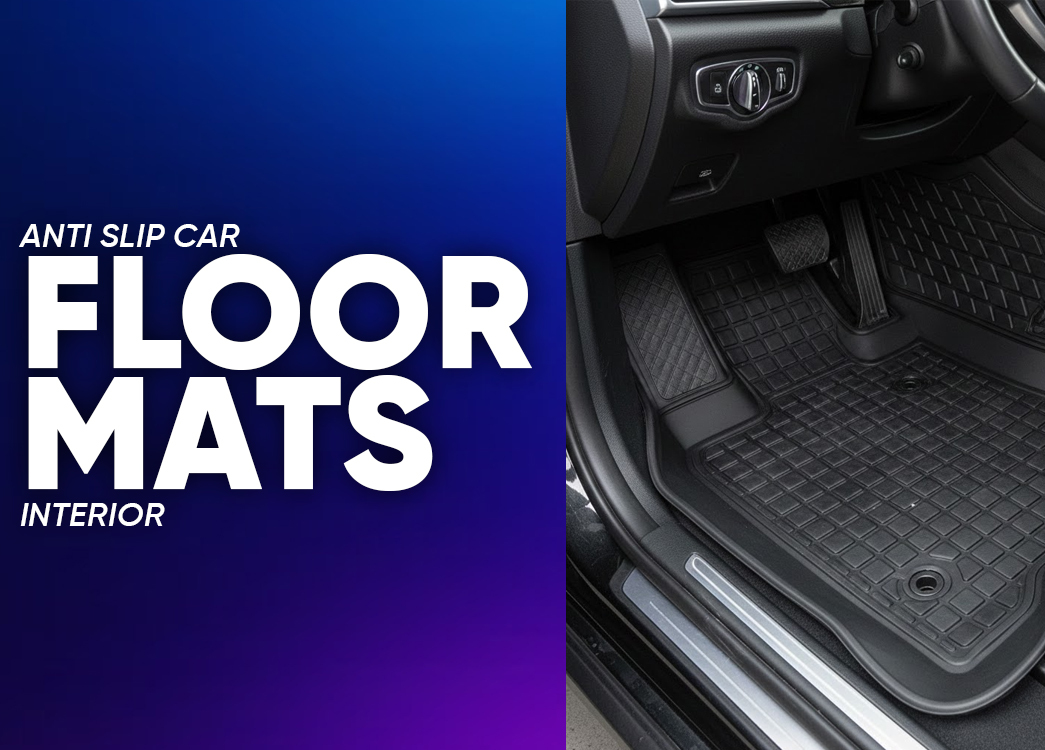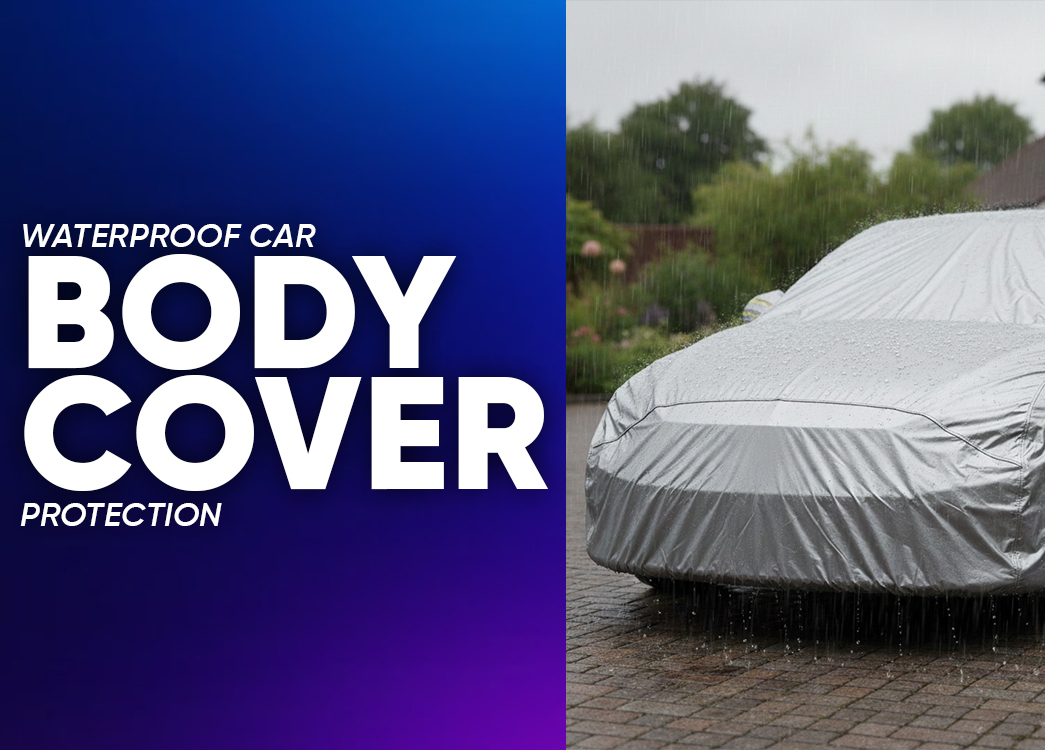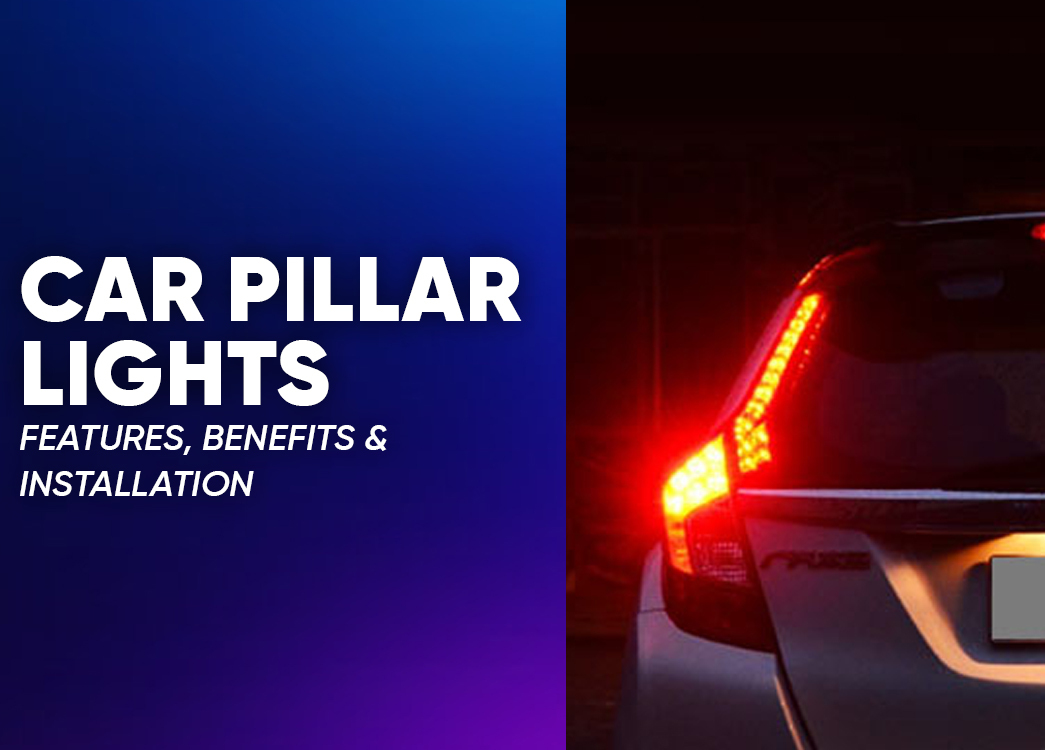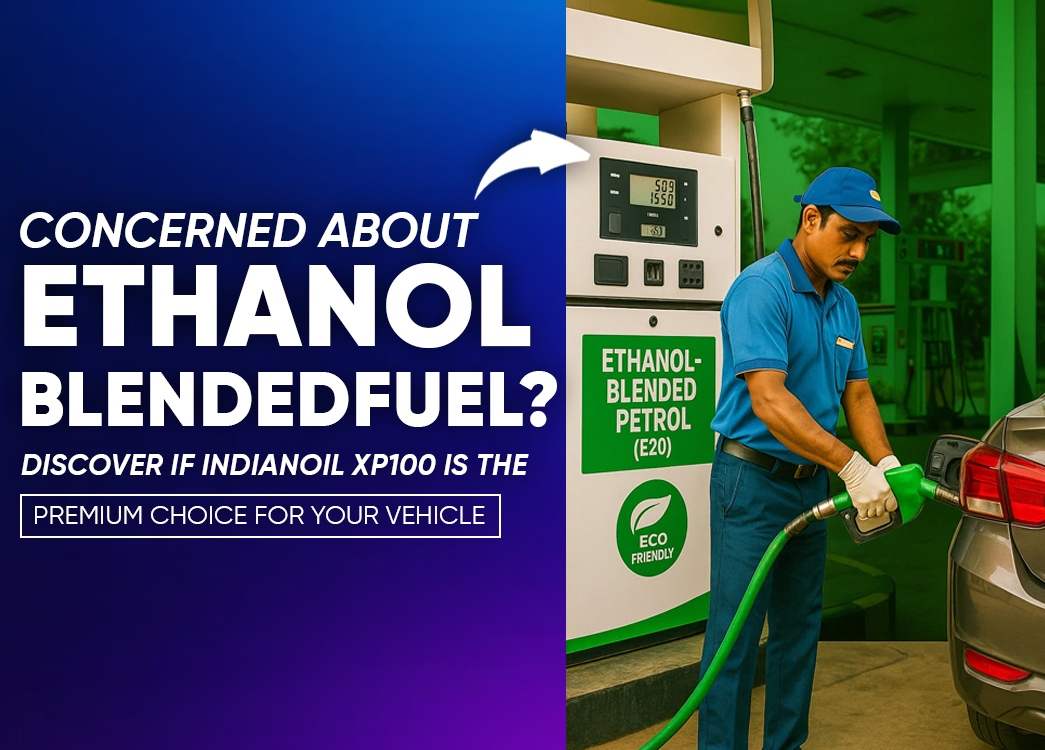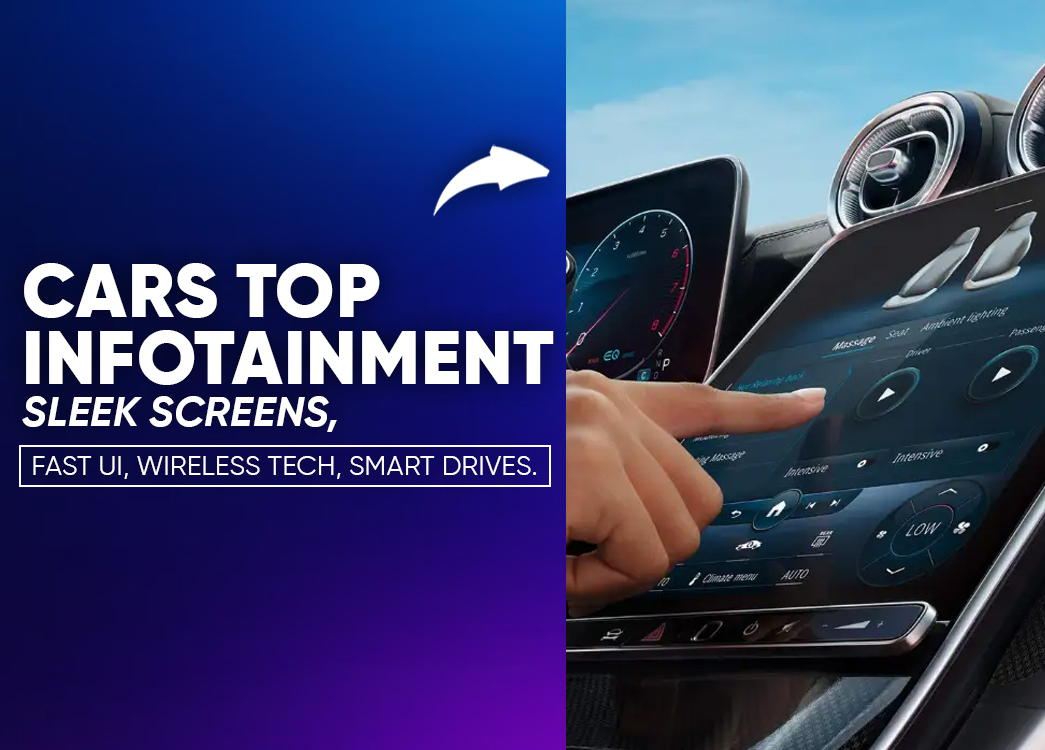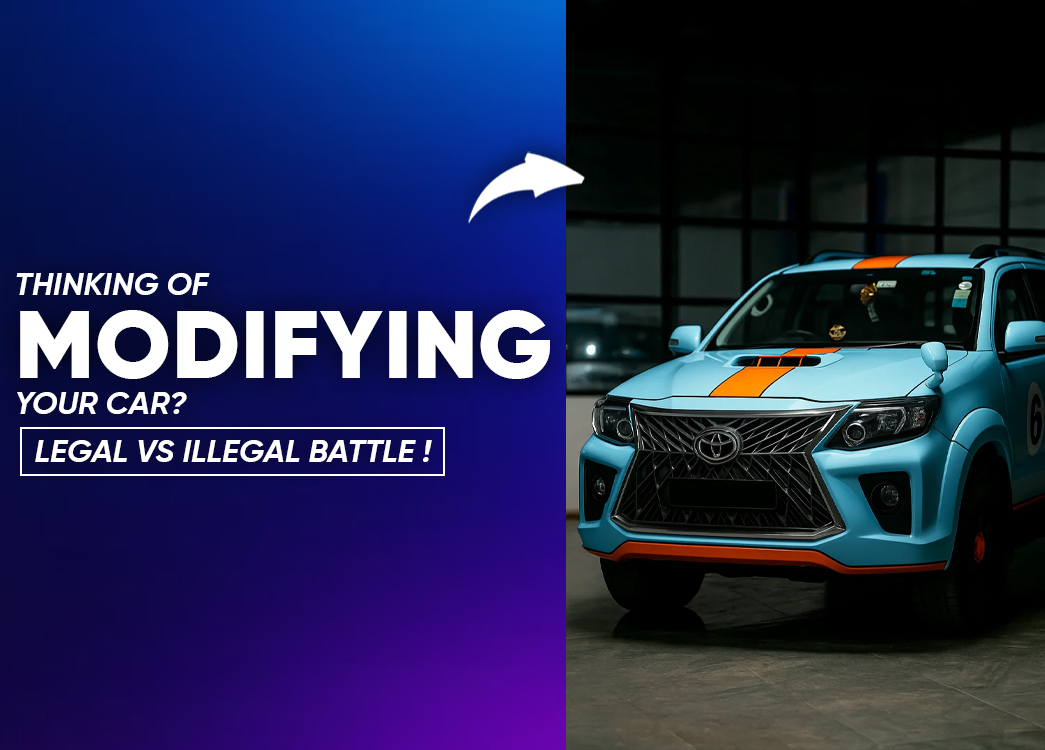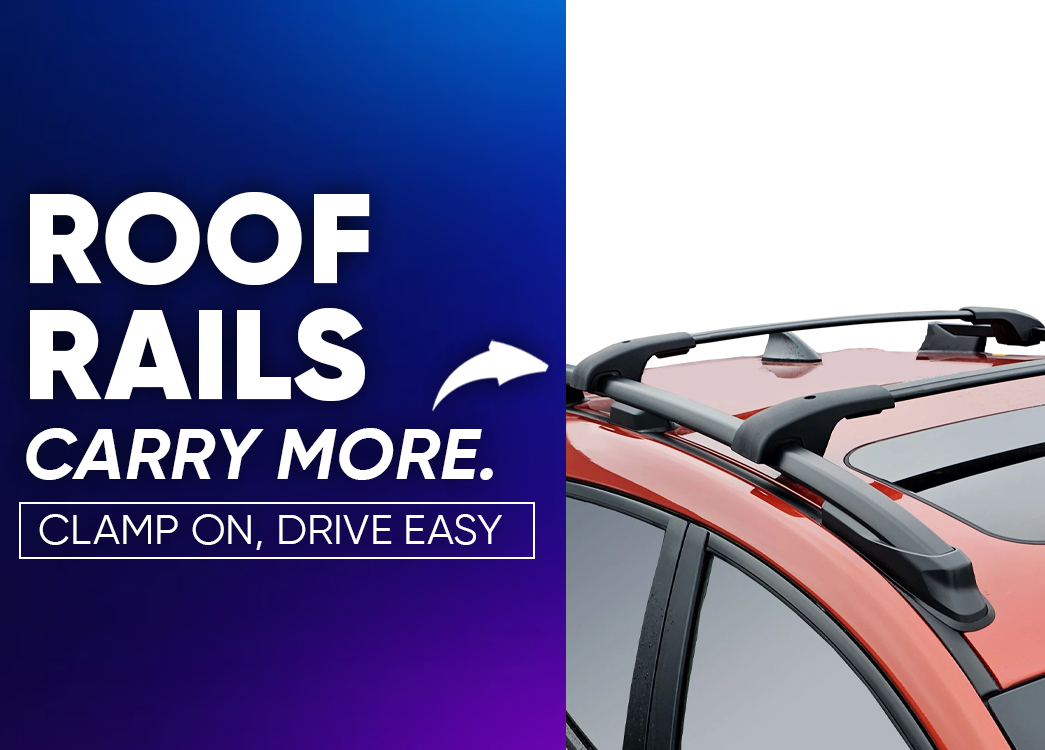
By creckk On 21-07-2025 at 11:35 am
Roof Rails for Cars: Are They Worth It or Just an Extra Add-On?
Let’s Take a Moment and Think This Through
Your car whether you already own it or are planning to buy one is a long-term investment. It’s not just a means of transport; it’s an asset, a responsibility, and often a symbol of personal utility or business reliability. So when it comes to adding features like roof rails, the decision should be based not only on aesthetics but also on the value they provide.
What Are Roof Rails?

Roof rails are longitudinal bars mounted on top of a vehicle, either factory-fitted or installed aftermarket. They act as a base structure for attaching roof racks, luggage carriers, cycle mounts, ski boxes, and heavy overhead luggage.
Unlike roof racks, which are used for direct luggage placement, car roof rails serve as a foundation that supports mounting accessories and distributes weight safely.
Types of Roof Rails
| Type | Description | Best For |
|---|---|---|
| Flush Roof Rails | Sit close to the car’s roof; minimal and sleek design. | Sedans, crossover SUVs; clean look with moderate utility. |
| Raised Roof Rails | Elevated from the surface, leaving space underneath. | SUVs and larger vehicles; easy mounting for carriers. |
| Track Roof Rails | Integrated into tracks running along the roof. | Premium cars; adjustable rack placement, high flexibility. |
Are Roof Rails Useful?
If you frequently travel with luggage, carry sports equipment, or use your car for commercial activities, roof rails offer huge utility. They boost carrying capacity without compromising cabin comfort.
But if your daily use is mostly city driving, minimal luggage, and almost no long trips, roof rails may simply sit unused, serving only as a visual upgrade.
Benefits of Roof Rails
| Benefit | Explanation |
|---|---|
| Additional Luggage Space | Helps you carry larger items externally. |
| Cabin Comfort | Keeps the interior clutter-free and spacious. |
| Enhanced Versatility | Useful for outdoor trips, business use, sports gear, etc. |
| Style Factor | Adds a rugged or sporty character to the vehicle. |
| Boosted Resale Value | Can improve resale appeal when paired with other accessories. |
Limitations You Should Know
| Limitation | Impact |
|---|---|
| Increased Drag | May reduce fuel efficiency when carrying overhead cargo. |
| Wind Noise | Improper fittings can create noise at high speeds. |
| Additional Cost | OEM rails are costly; aftermarket requires careful fitting. |
| Warranty Concerns | Poor installations might affect your car’s warranty. |
| Maintenance | Regular cleaning and checks required due to weather exposure. |
So… Should You Get Roof Rails?
Take a moment and evaluate logically. Ask yourself:
| Question | Relevance |
|---|---|
| Do you carry extra gear often? | Determines luggage needs. |
| Is your boot always full? | Shows need for external storage. |
| Do you travel outstation regularly? | Indicates utility value. |
| Is your car built for roof rails? | Fitment and safety considerations. |
If your answer is “yes” to two or more, roof rails are a wise investment. If not, consider alternatives like efficient boot organizers.
When Should You Install Roof Rails?
Factory-fitted rails are ideal—they offer better design integration, finish, and load-bearing capacity. If you opt for aftermarket installation, ensure the rails are compatible with your car model, installed by certified experts, and weight limits are confirmed. Avoid DIY methods.
Final Thoughts: Function Over Form
Roof rails are undeniably useful, but their worth depends on your lifestyle. For frequent travellers, outdoor enthusiasts, and business users, they add real functionality. For regular city drivers, they may only be an aesthetic element.
Choose based on long-term utility, not just appearance. Let the decision align with your actual vehicle use—not just your Instagram vibe.
Related posts
